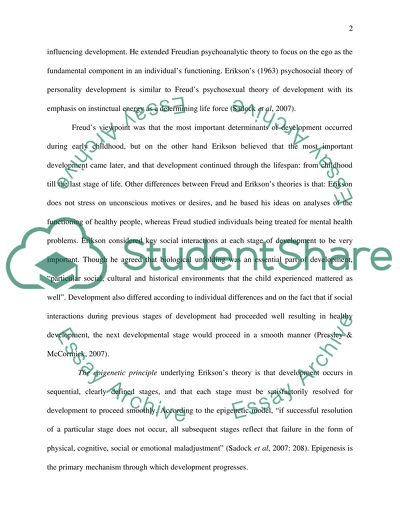Cite this document
(Erikson's Theory of Child Development Coursework, n.d.)
Erikson's Theory of Child Development Coursework. Retrieved from https://studentshare.org/psychology/1546491-eriksons-theory-on-child-development
Erikson's Theory of Child Development Coursework. Retrieved from https://studentshare.org/psychology/1546491-eriksons-theory-on-child-development
(Erikson'S Theory of Child Development Coursework)
Erikson'S Theory of Child Development Coursework. https://studentshare.org/psychology/1546491-eriksons-theory-on-child-development.
Erikson'S Theory of Child Development Coursework. https://studentshare.org/psychology/1546491-eriksons-theory-on-child-development.
“Erikson'S Theory of Child Development Coursework”. https://studentshare.org/psychology/1546491-eriksons-theory-on-child-development.


